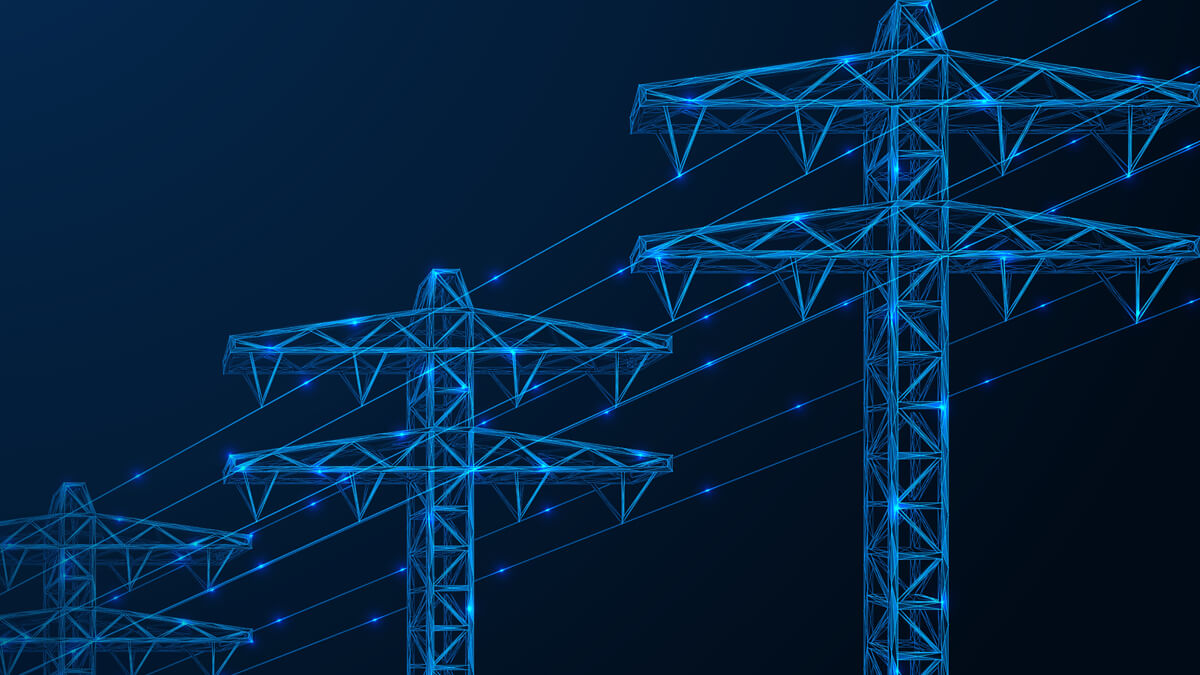Most people familiar with a national grid substation have seen the proliferation of GPS and GNSS antennas. What may have started as a single installation many years ago has been added to repeatedly. And so each system continues to require accurate timing from GPS and GNSS systems.
Many of these antennas belong to third-party SCADA (Supervisory Control and Data Acquisitions) and other systems. These typically feed low cost and low footprint devices supplying SNTP (Simple Network Time Protocol) or IRIG-B Time Code for increasingly legacy systems.
Even the Network Operators
This antenna proliferation isn’t just the result of third-party devices. Even the network operator has diverse systems. In fact, core network and distribution team duplicate services are often on the same site.
Currently, the substation situation is not really improving. Chronos was recently involved in the build of new substations and installed many separate GNSS systems. Our suggestion to replace these antennas with a resilient two antenna distribution system – a great solution for new build – did not find favour.
What’s the Issue?
A site with many GPS systems can lead to many field force mobilisations as each system fails. In fact, it is possible that a failed GNSS antenna can become a transmitter rather than a receiver and even take out other systems. This is an issue we have identified and resolved at a London-based data centre as part of our own timing services.
Many substations are in remote locations, and so these mobilisations can be difficult to execute. In the meantime, the time systems using this GNSS are in failure. The low-cost solutions employed offer little holdover to maintain adequate performers until the problem can be fixed.
GNSS Distribution to Antenna-Free
The point of this article is not to advocate GNSS distribution. While GNSS would bring major benefits, the prospect of antenna-free substations is a real one and can also deliver levels of timing performance not currently seen.
Digital Substations
The timing requirements in most existing systems using SNTP is ‘same second’ for SCADA and fault tracing. Or millisecond perhaps in AM IRIG-B systems.
The end of the ‘Broadcast’ Power Distribution model to a grid that is receiving power from end users as well as pushing power from generation means digital substations require timing to within 50ms to ensure these two signals are in phase. This requirement is not just for when the whole system is working. This level of performance must be maintained under failure conditions until you can mobilise and fix the fault.
GNSS Security
As a key part of the country’s critical national infrastructure, substations are vulnerable to attack through GNSS jamming and spoofing. Even inadvertent jamming can have an impact if the timing system is not sufficiently robust.
Even using a resilient distributed model, is vulnerable to such attacks and so constitutes a threat to your grid system. Your task really is to assess these risks and the cost of mitigation. Thankfully, digital substations certainly raise the bar in this area.
Optical Distribution
As fibre networks are being rolled out across utilities, the opportunity for antenna-free substations becomes a real one. It will require some breaking down of previous barriers and silos but will result in a far more secure timing network.
The ITU ePRTC (enhanced Primary Reference Time Clock) employs Caesium Atomic Clocks alongside timing distribution vis PTP (Precision Time Protocol). Current ePRTCs, when locked to GNSS systems for several weeks, can hold their time to within 100ns for at least 14 days. Work is currently underway to increase this standard performance.
A network of these ePRTCs can be deployed within your core network and the deployment of HPBCs (High Performance Boundary Clock) using a dedicated colour on a fibre can deliver timing with additive error of 5ns or less at any site. Current technologies can achieve this over 100km or so.
Ensuring these HPBC devices can live in more than one time domain even gives the added benefit of each site not being reliant on a single ePRTC. A Station Clock using HPBC can then be deployed to deliver 100ns timing over PTP to any devices at the Substation, as well as the legacy SNTP and IRIG-B.
Summary
Not only is the antenna-free substation a possibility, it could become a real necessity. With its help, it could be used to ensure reliable and robust power distribution in the years to come. This will take some big shifts in practices, but the benefits could be substantial. This also mirrors the shift from central power distribution to a distributed power system.
Please visit the Chronos Times area of our website to read the latest Insights and Bitesize articles, learn about our attendance at recent Events and much more.




